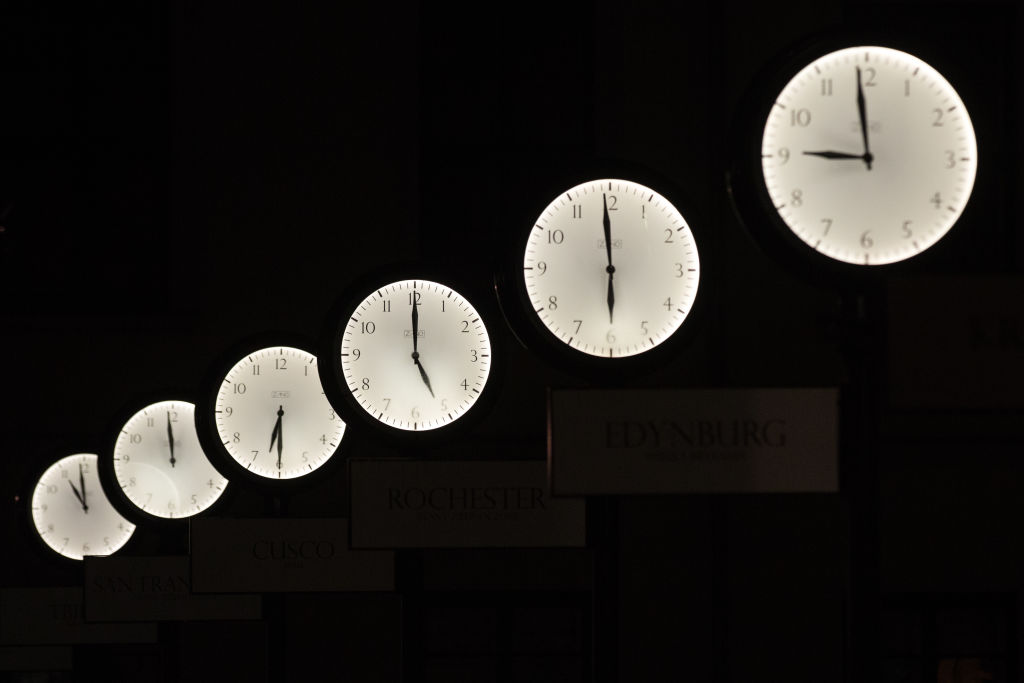
Longer days—kickstarted by an hour less of sleep—lie ahead for most of North America as the clocks “spring forward” this Sunday, March 10, marking the beginning of daylight saving time.
The practice has spurned plenty of debate over the years, as many feel it adds unnecessary disruption to our circadian rhythms. Most recently, the Sunshine Protection Act aimed to make daylight saving time permanent beginning in spring 2023, but was stalled in the House, despite unanimously passing through the Senate. And in the absence of nationwide movement, states are taking the matter into their own hands—at least 29 states considered legislation related to daylight saving time in 2023.
Here’s what to know about the upcoming time change:
How does daylight saving time work?
In the spring, daylight savings begins, moving an hour of sunlight from the morning to the evenings, allowing people to take advantage of the natural light during the supposedly warmer months.
In the spring, clocks will move forward by an hour at 2 a.m. on the second Sunday in March, making it 3 a.m. and making the day an hour shorter.
In the fall, clocks jump back an hour at 2 a.m. on the first Sunday in November, making it 1 a.m and making the day an hour longer.
Who participates in daylight savings?
Roughly a third of the world participates in some form of clock changing, though the exact timeline varies by region.
Most U.S. states and Canada participate in daylight savings. The Uniform Time Act, passed in 1966, allowed states in the U.S. to choose whether they would participate in daylight savings. As a result, daylight saving time is not observed in Hawaii, American Samoa, Guam, Northern Mariana Islands, Puerto Rico, the Virgin Islands, and most of Arizona, according to the U.S. Department of Transportation.
What is the history of daylight savings time?
The U.S. has practiced many different versions of daylight savings over the years. The practice began in 1918, but was repealed and re-established several times over the decades. It finally stuck during World War I and World War II, when it was adopted as an energy saving tactic. The Uniform Time Act standardized the practice across most of the country.
How is the day determined?
In the United States, daylight savings lasts for eight months—starting on the second Sunday in March and ending on the first Sunday in November. These dates were established in 2005 by Congress.
More Must-Reads from TIME
- How Donald Trump Won
- The Best Inventions of 2024
- Why Sleep Is the Key to Living Longer
- Robert Zemeckis Just Wants to Move You
- How to Break 8 Toxic Communication Habits
- Nicola Coughlan Bet on Herself—And Won
- Why Vinegar Is So Good for You
- Meet TIME's Newest Class of Next Generation Leaders
Write to Simmone Shah at simmone.shah@time.com